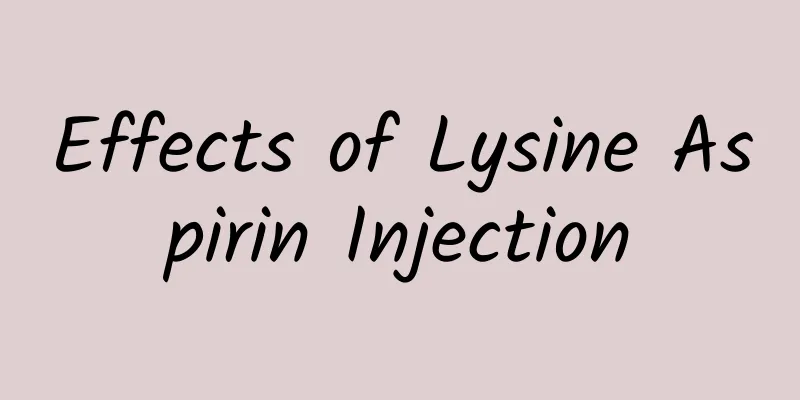Heat urticaria

|
Heat urticaria refers to the situation where urticaria patients will show symptoms such as itching, redness and swelling when they encounter heat, and the complications will not occur when the temperature drops. Patients need to pay attention to changes in the temperature of the environment in which they live, and then take medication according to the doctor's advice. Heat urticaria can cause papular wheals and a burning sensation in patients. As long as the patient lowers his body temperature, the symptoms will disappear automatically. Heat urticaria is also called cholestatic urticaria or acetylcholine urticaria. As the name suggests, heat urticaria occurs when the human body is exposed to heat. In daily life, exercise, mental excitement, drinking hot drinks, drinking alcohol, etc. will cause the temperature deep in the body to rise. At this time, acetylcholine will act on mast cells, leading to the occurrence of heat urticaria. Symptoms of heat urticaria Heat urticaria is similar to common urticaria. When the disease occurs, papular wheals with redness will appear on the body. These wheals may cause intense itching or burning. The difference between heat urticaria and general urticaria is that when the patient calms down and stops exercising, the urticaria will subside, so the symptoms are not very serious. However, heat urticaria may also cause systemic symptoms such as headache, diarrhea, and dizziness. Heat urticaria treatment How to treat heat urticaria? In addition to taking some antihistamines as prescribed by the doctor, patients can also do the following: 1. Improve the body's antioxidant and vascular regulation functions, which can make the body's organ cells breathe smoothly and reduce the incidence of diseases. 2. Actively treat and eliminate blood heat and blood dryness in the body to purify the blood. 3. Regulate skin sebum secretion and restore the balance of skin metabolism function. 4. Strengthen the body's anti-inflammatory function, eliminate skin inflammation, and prevent the spread and development of the disease. 5. Change your allergic constitution, repair damaged cells, and your body will no longer be allergic to heat. Heat urticaria care 1. Avoid eating irritating foods. Common irritating foods include hairtail, eel, pork head, beef, mutton, mushrooms and bamboo shoots. These irritating foods can generate wind, stir blood and turn into heat, which can trigger heat-related urticaria. Avoid eating hot and dry foods, such as chili peppers, pepper, curry and fennel. Hot and dry foods will increase heat and move blood, and are one of the allergens of heat urticaria. 2. Try to avoid strenuous exercise, as it can cause deep body heat and sweating in the torso, which can trigger heat urticaria. Patients can perform gentle exercises. 3. Do not drink hot drinks and alcoholic beverages. Patients with heat urticaria can let hot drinks cool to room temperature before drinking them, but try not to drink alcoholic beverages. 4. Keep a calm mood. Excitement and tension can trigger this disease. |
<<: What to do if your child has urticaria
>>: Can I eat beef if I have urticaria?
Recommend
How to treat mild cerebral infarction? Follow three tips
The key points of prevention and treatment of mil...
The effects and functions of Rhodiola rosea actually include this
Hongtian is a common Chinese patent medicine. Rho...
Insulin injections
For people with diabetes, if they want to save th...
Symptoms of falls in the elderly
A fall is a sudden and unexpected fall, which is ...
Is it useful to soak athlete's foot in vinegar?
Athlete's foot usually occurs in summer becau...
What kind of tea is good for heart problems?
The heart is the most important organ in the huma...
Can goose eggs expel fetal toxins?
When it comes to fetal toxins, mothers who have g...
What is human convulsion?
In today's society, people's daily life i...
What causes frequent dizziness, nausea and vomiting?
Dizziness, nausea and vomiting are common clinica...
What are the eye diseases and their symptoms
The eyes are not immune to illness. They may be t...
What should I do if I have acne on my forehead due to bangs?
Bangs are a hairstyle for many people, but many p...
Effects and functions of radix serrata
Chuangenteng is a traditional Chinese herbal medi...
What should girls use to clean their private parts?
We often encounter some troublesome problems in l...
The dangers of bronchitis
Many people know that diseases are harmful to hea...
Treatment for scars on arms
If scars appear on your arms due to accidents or ...









